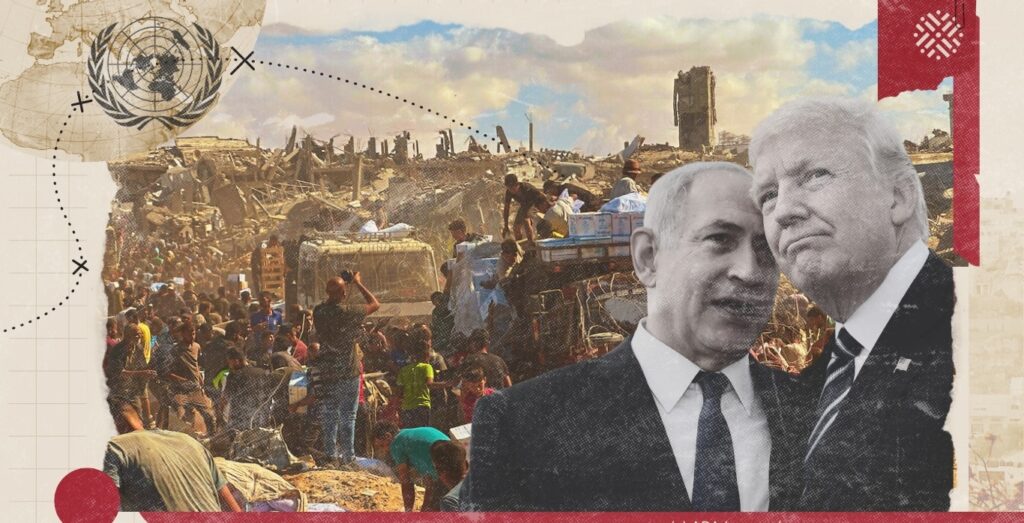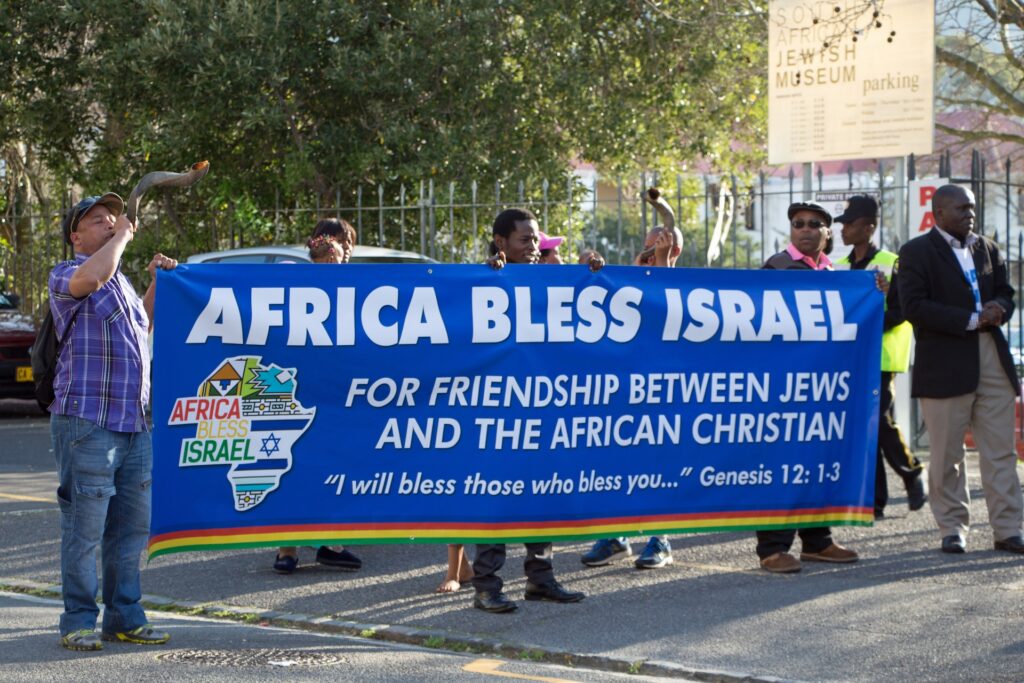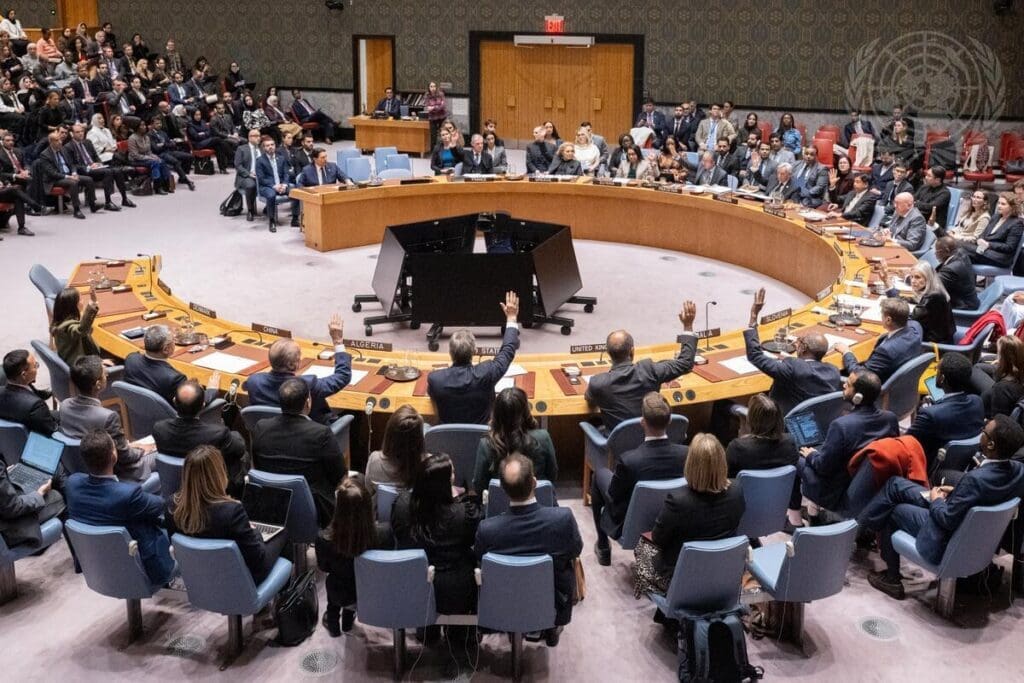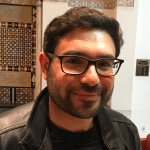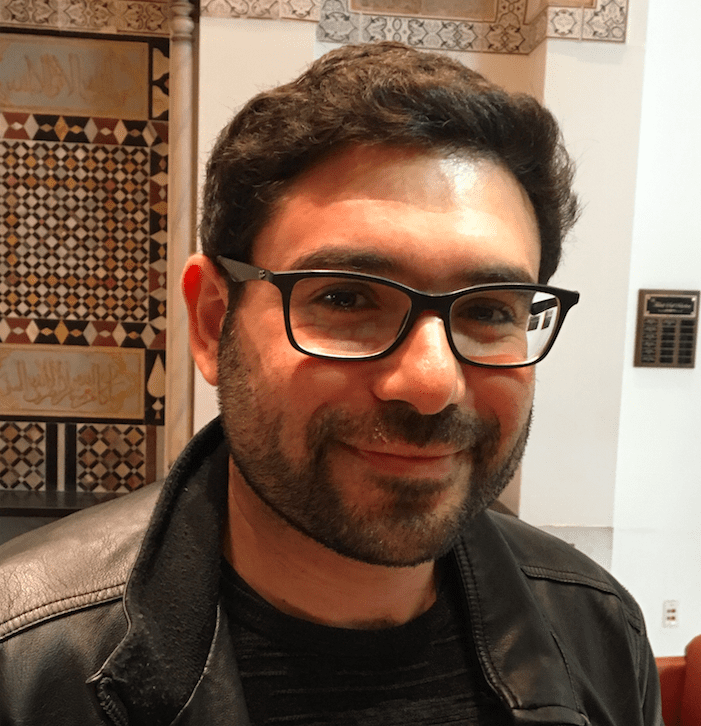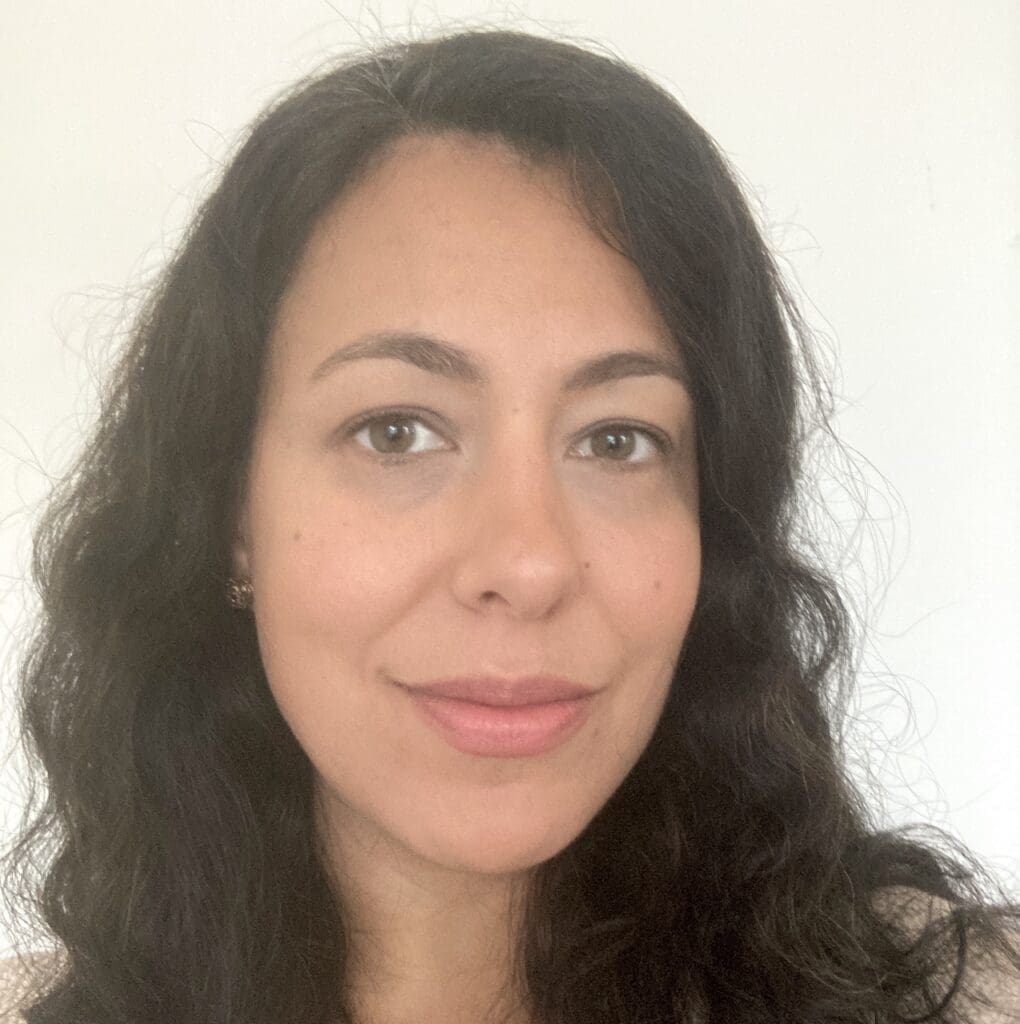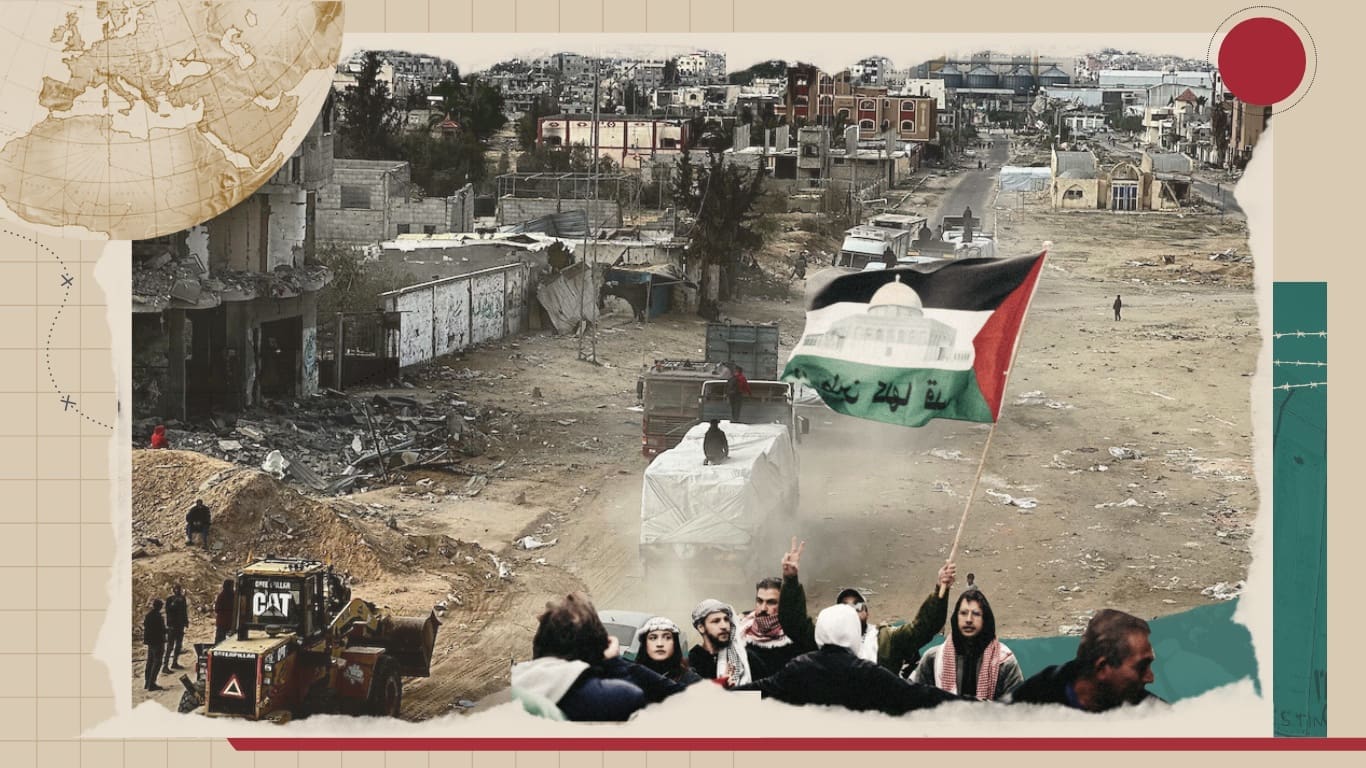
Introduction
Gaza’s reconstruction unfolds under immense challenges, shaped by the enduring impact of Israeli warfare and the structural constraints of an ongoing genocide and blockade. The feasibility of meaningful rebuilding under settler-colonial occupation remains uncertain, as cycles of destruction and reconstruction have long been driven by foreign intervention, profiteering, and the prioritization of high-visibility projects by international donors—practices that sideline Palestinians and undermine their agency.
In this roundtable, Dena Qaddumi and Jehad Abusalim examine the layered complexities of rebuilding Gaza. They highlight Palestinian-led models that center indigenous knowledge and local needs, striving to preserve Gaza’s identity, heritage, and self-determination. Beyond physical reconstruction, they emphasize the profound psychological toll of destruction and displacement—particularly on Gaza’s children—stressing the urgent need to integrate trauma recovery and mental health support into rebuilding efforts.
This discussion took place before the latest Israeli airstrikes on Gaza, including the March 18 massacre, which UNICEF’s chief described as “the largest single-day child death toll in the last year.” The deliberate killing of children has been a defining feature of the Israeli regime’s ongoing genocide, aimed at erasing Palestinians and their future. In resistance, it is essential to center Palestinian-led visions for reconstruction, which have been marginalized by various plans put forth by the international community. While discussing healing, reconstruction, and imagining a self-determined Palestinian future for Gaza, ending the genocidal violence remains the absolute priority.
The interview below is an edited version of a longer conversation held in February 2025 through our Policy Lab program. The discussion may be viewed in full here.
What are the key challenges to Gaza’s recovery, and how do they extend beyond physical reconstruction?
Dena Qaddumi
The latest figures show that the Israeli genocidal warfare has left 69% of all buildings in Gaza wholly destroyed or severely damaged. This includes 92% of homes and most schools, hospitals, universities, and municipal service buildings. Furthermore, the Israeli offensive destroyed 68% of Gaza’s road network.1 It is not an overstatement that this mammoth scale of urban destruction has affected every sector.
Reports by intergovernmental organizations like the World Bank, the UN, and the EU often lay out the extent of devastation in monetary terms and fail to capture the broader human and social impact. Focusing on financial valuations, standard relief, and reconstruction efforts often overlook other crucial aspects of recovery.
The notion of 'building back better'—a prominent concept in post-disaster situations—is unattainable in a context where the Israeli regime can unleash destruction at any moment Share on X
In the framework of disaster relief, rebuilding is typically divided into three phases: relief, recovery, and reconstruction. However, this model does not apply to Gaza’s current situation due to ongoing Israeli occupation and colonization. The notion of “building back better”—a prominent concept in post-disaster situations—is unattainable in a context where the Israeli regime can unleash destruction at any moment.
Nonetheless, we should prioritize immediate needs to curb this ongoing genocide, with healthcare and shelter being the most urgent. In February 2025, media reports indicated that at least six babies died from cold exposure due to a lack of adequate shelter. Meanwhile, the destruction of the healthcare system has meant that an estimated 160 people per day are giving birth with little or no access to obstetric care. Additionally, infectious diseases are rife, and few treatments are available for the population.
Some aid allowed into Gaza following the ceasefire agreement has helped address immediate needs, but it remains a drop in the ocean. For the most part, the Israeli regime has been obstructing the delivery of aid as a form of political pressure on Hamas. This creates a situation where relief and recovery efforts are piecemeal and precarious.
Jehad Abusalim
It will take months, if not years, just to initiate Gaza’s reconstruction process and decades more to realize it fully. But while long-term reconstruction plans take shape, we need to address the pressing needs of the two million people still living in Gaza. The devastation caused by the genocide has left the population both physically vulnerable and deeply traumatized. The scale of displacement, loss, and violence they have endured is unimaginable—entire neighborhoods have been wiped out, and families torn apart. People have been repeatedly displaced and forced to move from one killing zone to the next. The social fabric that holds communities together has been torn apart, leaving an entire generation of children to face a future shaped by trauma.
If the mental health crisis created by the genocide is not addressed, these wounds will deepen and define Gaza’s future for generations. For this reason, reconstruction must encompass efforts to help the people heal. Psychological support programs must be scaled up; community-based mental health and social workers need proper training and support. Trauma recovery must be integrated into schools and communal spaces. Children need places for grieving, storytelling, and collective healing. While this will require significant resources, addressing the mental health crisis is just as urgent as rebuilding the physical environment.
Of course, some initiatives are already working toward this goal. In Deir el-Balah, the Sameer Project has recruited volunteers to support children with autism and other disabilities. However, the scale of the need far exceeds what existing local initiatives can provide.
The people of Gaza need more than just buildings; they need spaces to heal, learn, and thrive—free of settler-colonial domination Share on X
We have seen uplifting images of children in Gaza returning to what remains of their classrooms. Seated on bare floors, the children try to reclaim a sense of normalcy, yet the harsh reality remains that their education system has been obliterated. Gaza’s cultural institutions have been wiped out, and its archeological sites gutted. Rebuilding these institutions is vital to preserving Gaza’s history and fostering a future rooted in knowledge and cultural identity. This will require significant international support, but the framework of this support is crucial.
Reconstruction plans must center on indigenous workers who have local expertise and are embedded in the communities. What Gaza does not need is highly paid foreign experts from international organizations who end up sidelining Palestinians.
Ultimately, rebuilding Gaza is not merely about reconstructing physical structures; it is a restoration of life, dignity, and hope. The people of Gaza need more than just buildings; they need spaces to heal, learn, and thrive—free of settler-colonial domination.
Is meaningful reconstruction possible under ongoing Israeli occupation and blockade?
Jehad Abusalim
Meaningful reconstruction in Gaza under Israel’s settler-colonial regime, military occupation, and blockade is not just unlikely—it is functionally impossible. Since 1948, Palestinians have been trapped in a relentless cycle of destruction and reconstruction. While the level of devastation in Gaza over the last year and a half is unprecedented in scale, it is crucial to contextualize this ongoing genocide not as an isolated event but as part of a broader pattern of forced displacement, land appropriation, and erasure. Indeed, when we characterize the Israeli regime as settler colonial, it is not theoretical posturing but a description of a violent reality.
In Gaza’s case, the blockade, in place since 2007, has systematically restricted the entry of critical construction materials, medical supplies, and necessities under the guise of security. Therefore, even if international donors pledge billions of dollars in aid, the materialization of reconstruction efforts is at the mercy of Israeli restrictions. This includes the systematic imposition of bureaucratic hurdles alongside a broad range of oppressive policies by Israel and its allies to obstruct and delay the rebuilding process.
We can also refer to the history of reconstruction in Gaza to understand the obstacles ahead. After the 2014 Israeli aggression, the UN brokered the Gaza Reconstruction Mechanism (GRM) agreement between the Palestinian and Israeli governments to facilitate rebuilding. In practice, however, the GRM entrenched Israeli control over the flow of materials. Under the pretext of “dual-use” restrictions, Israel blocked the entry of essential construction materials, including cement, steel, and even specific sizes of lumber.
By 2016, just a fraction of the homes destroyed two years earlier in the 2014 assault had been rebuilt. At that pace, full reconstruction was projected to take over a century if the blockade remained in place.
Rebuilding efforts will remain slow, precarious, and unlikely to be completed unless the blockade is lifted and broader Israeli control policies are dismantled Share on X
The current scale of destruction far exceeds that of 2014. The ongoing genocidal warfare has led to the displacement of 90% of Gaza’s population. Entire cities—such as Beit Hanoun and Beit Lahya—as well as large neighborhoods of Gaza City, Rafah, and Khan Younis are obliterated. Therefore, the current political context makes any meaningful reconstruction process nearly impossible. Rebuilding efforts will remain slow, precarious, and unlikely to be completed unless the blockade is lifted and broader Israeli control policies are dismantled.
This will not happen overnight; it requires significant political change, greater international pressure to hold the Israeli regime accountable, and more proactive intervention from regional actors, especially the Arab states. Without shifts in structures of power, Gaza’s reconstruction will remain hostage to threats of destruction.
What lessons can we draw from past rebuilding efforts?
Dena Qaddumi
As mentioned, Gaza has endured repeated assaults by the Israeli regime since 1948, with each reconstruction phase facing significant obstacles—primarily Israeli restrictions on building materials and funding. The Israeli regime controls the entry of both, leveraging access for geopolitical gain. When donor funds are available, materials may be restricted; when materials are accessible, funding might be withheld. Every aspect of the process requires Israeli approval, leaving little room for Palestinian agency or the materialization of Palestinian-led reconstruction efforts.
Unlike typical disaster recovery efforts, Gaza is trying to rebuild amid ongoing genocide and colonization. Aid and reconstruction are highly politicized, with strict restrictions on which entities can receive funds. Any perceived association with Hamas leads to disqualification. Over the past year and a half, the Israeli regime has labeled nearly all of Gaza’s population as “Hamas-adjacent,” including local government and municipal employees who best understand their communities’ needs but are consequently excluded from decision-making and resource distribution.
Does Gaza’s fate depend on the international community’s willingness to intervene and hold Israel accountable?
Jehad Abusalim
The conversation around Gaza’s future—the so-called “day after”—has largely been shaped by external actors, particularly the US and Israel. President Donald Trump’s ludicrous vision for Gaza and Israel’s own strategic plans dominate the headlines. However, more recently, regional actors have made alternative proposals. Egypt, for example, has announced its own reconstruction plan aimed at enabling Palestinians to remain in Gaza. Existential concerns drive Egypt’s pushback against Trump’s ethnic cleansing plan—an influx of Palestinian refugees into its territory could destabilize Abdel Fattah al-Sisi’s regime.
The Israeli regime has labeled nearly all of Gaza’s population as 'Hamas-adjacent,' including local government and municipal employees who best understand their communities' needs Share on X
However, in general, determining whether the involvement of Arab League countries could shift the political calculus on Gaza’s reconstruction requires an understanding of two key issues. First, Arab states are becoming increasingly aware of the grave risk of further regional destabilization caused by Israel’s increasingly aggressive policies of ethnic cleansing and forced displacement, which extend beyond Gaza into other countries, especially Lebanon and Syria. Indeed, at a time when Syria is striving to rebuild and recover from years of conflict, Israel’s invasion of the south clearly signals its intent to expand its territory. Second, Arab governments have yet to demonstrate whether they will use their leverage over Israel and the US. While they have issued statements opposing displacement and committing to aiding reconstruction, these positions have yet to translate into concrete, impactful actions.
For this to materialize, a broader political shift is necessary. Israel must no longer feel emboldened to defy even its allies and persist in its regional aggression. The success of any reconstruction effort depends on creating a political context in which Israel is held accountable for its actions and compelled to respect international law. Without this shift, even the most well-intentioned plans risk being derailed by the same obstacles that have obstructed past efforts. Ultimately, Gaza’s future is inseparable from the broader political and regional dynamics at play.
How can a meaningful and ethical reconstruction process take place amid competing interests and problematic power dynamics?
Dena Qaddumi
Reconstruction and construction, regardless of the context, are extremely profitable industries. When various actors engage in these efforts, they are often motivated as much—if not more—by financial gain as by humanitarian need. These industries are rife with corruption, inflated costs, and resource exploitation, raising essential questions about who actually benefits from reconstruction efforts. Israeli companies have previously profited from supplying materials for these projects, highlighting the profiteering embedded in the aid and development industry.
Given this backdrop, the question of ethical reconstruction becomes even more critical in light of the extensive destruction that Gaza has endured. There is often a tendency among built environment professionals to see the aftermath of such devastation as a “clean slate”—an opportunity for master planning and large-scale urban redevelopment. This technocratic approach, however, overlooks the deep-rooted human dimensions of the landscape—the memories, history, and lived experiences of the people who call it home.
Moreover, Gaza is not a blank canvas; it is a crime scene where evidence of genocide still needs to be collected. Indeed, many bodies remain beneath the rubble—their dignified recovery must be a top priority before any reconstruction begins. The situation is undeniably complex, presenting numerous hurdles to large-scale planning. It is not as simple as drawing up new neighborhoods and designing transportation systems and public spaces based solely on technical best practices. Reconstruction must be attuned to the layers of meaning and political context in which it unfolds.
One challenge is the approach of international donors, who favor glossy, high-profile projects—buildings and spaces designed to look impressive in photographs and promotional materials. While these projects may provide visible signs of progress, they often fail to align with the needs and desires of the local population. Similarly, the emphasis on visibility and branding in aid projects often overshadows more practical, community-driven initiatives.
Palestinians in Gaza have long demonstrated remarkable resistance and ingenuity in the face of severe restrictions. The blockade has forced them to find creative solutions to material shortages and infrastructural challenges. From using mud and earth as alternative building materials to finding local solutions to electricity generation and water filtration, these grassroots efforts have provided essential services and fostered a degree of self-sufficiency. However, scaling up these localized innovations to meet the broader needs of reconstruction remains a significant challenge.
Nevertheless, several initiatives are already working to address these reconstruction challenges thoughtfully and collaboratively. The Palestine Regeneration Team, which was revived last year under Architects for Gaza, is one example. This group not only supports the continuation of higher education for students in the built environment disciplines but also facilitates workshops and conversations on reconstruction rooted in the knowledge and aspirations of local practitioners. Another promising effort is The Platform for Reconstruction of Gaza, an architectural competition aimed at generating creative designs for specific sites in the region. While these projects remain conceptual and their immediate impact may be uncertain, they are essential in shaping the narrative and vision for Gaza’s future.
As these efforts progress, it is crucial to remain mindful of the broader political and ethical questions at play. Reconstruction under ongoing occupation and colonization risks legitimizing and normalizing the structures of oppression that Palestinians are working to dismantle. Therefore, any design strategy must ask: To what extent is this effort solely about survival? How much does it contribute to the vision of a free Gaza and a free Palestine? And to what degree does it risk normalizing occupation and colonization?
How can Palestinians outside of Gaza and international allies support the reconstruction process?
Jehad Abusalim
The most important thing is to keep the momentum of the past 17 months by continuing to organize, mobilize, and expand the movement for Palestinian rights. While it is understandable that people are frustrated that their activism and organizing did not bring about a ceasefire sooner, the unprecedented global wave of support for Palestine will have lasting effects well into the future.
Therefore, there is no reason to lose hope or become complacent. We have to continue to work, build, and pressure our elected representatives and governments. We must spread the word about Palestine, educate others, and support initiatives that work directly with Palestinians on the ground.
The entire world has witnessed what the Israeli state stands for. The more Israel feels this pressure, the weaker and more isolated it becomes. That is why we need people to remain diligent and patient in this phase of our struggle.
Dena Qaddumi
At the beginning of the genocide, there were extensive discussions in the higher education sector on how best to support Palestinian universities. Various campaigns emerged under the slogan: “There are no more universities in Gaza.” The Emergency Committee for Universities in Gaza pushed back against this slogan, arguing that while the Israeli forces have destroyed the physical structures, the people—the educators and students—remain. This incident highlights the importance of listening to Palestinians in Gaza, particularly when narratives risk contributing to their erasure.
Indeed, narratives are incredibly important. One of the most frustrating and upsetting narratives we constantly encounter is the emphasis on Israel’s need for safety and security while Palestinians are denied these same rights. As a people who have endured over seven decades of settler-colonial erasure, Palestinians are in dire need of safety and security. This is a truth that we must assert forcefully and without hesitation. Toward this end, we need a strong and sustained push for a lasting ceasefire.
Additionally, the issue of displacement and the right of return cannot be ignored. The Trump administration’s plan for ethnic cleansing via forced displacement brought this issue to the forefront. When discussions arise about the uninhabitability of Gaza, highlighting the historical context is crucial. The question of why Palestinians cannot simply return to their homes in historic Palestine highlights the profound injustice they have endured for over 75 years. This moment calls for us to illuminate the history of this land, the forced expulsions of its people, and the enduring social and cultural ties that Palestinians maintain to their homeland. While political discussions around the right of return are often dismissed as impossible or impractical, now is the time to engage with these issues more forcefully and openly than ever before.
- Figures of the devastation are based on the following report: United Nations Office for the Coordination of Humanitarian Affairs (OCHA), Reported Impact Snapshot: Gaza Strip, 8 January 2025, last accessed (12 March 2025)


